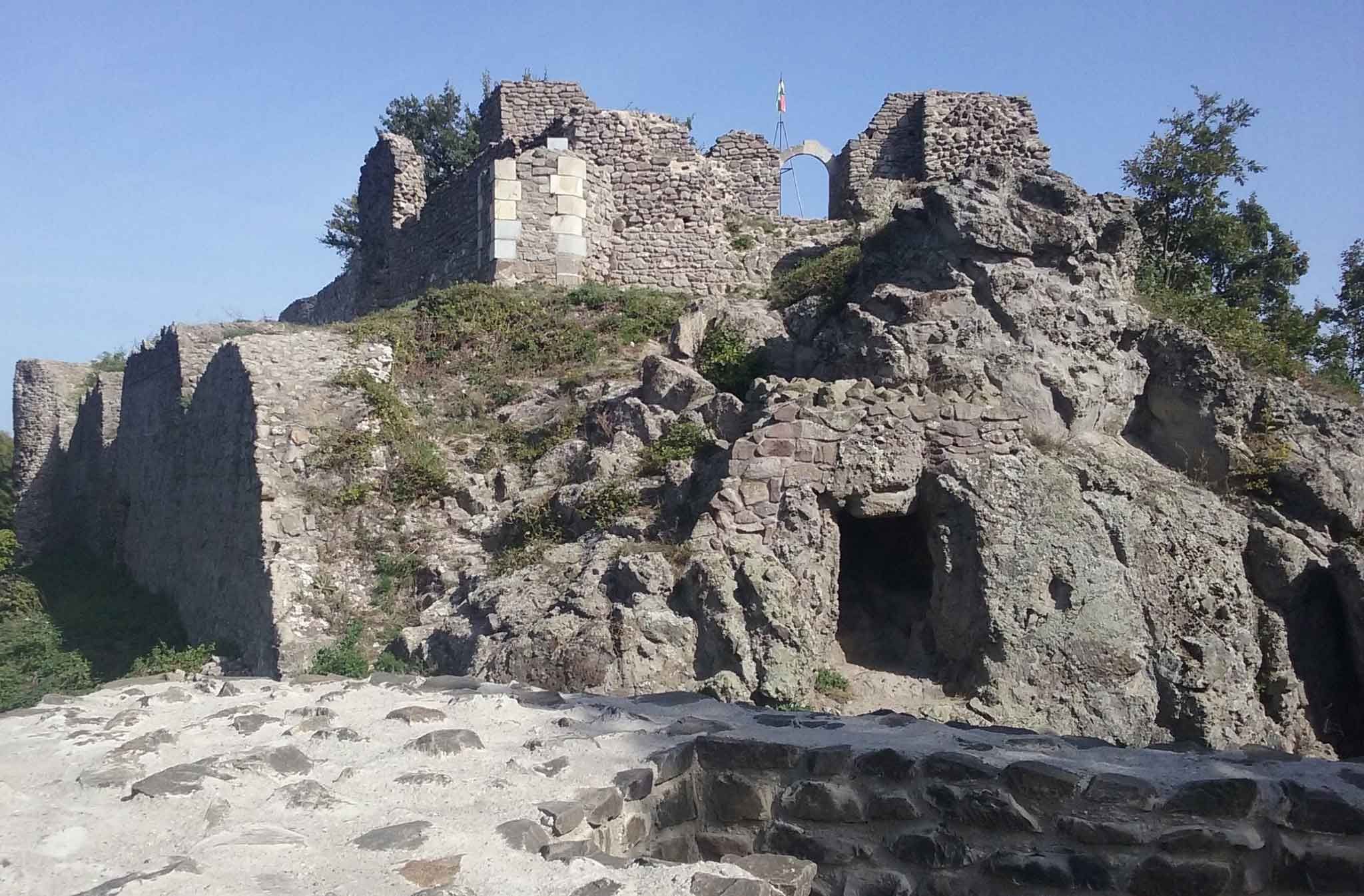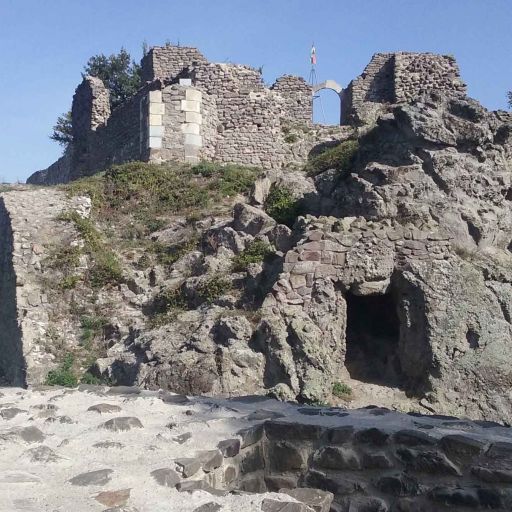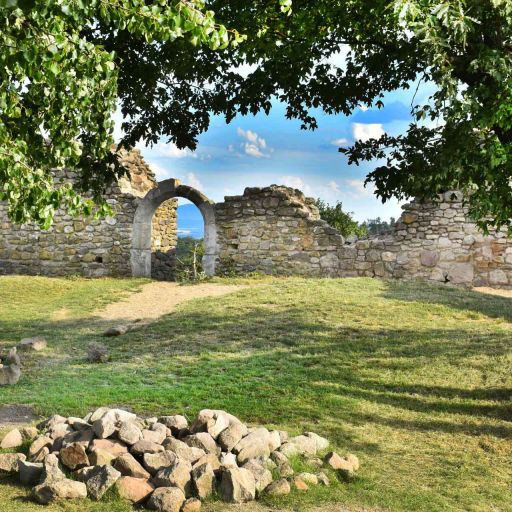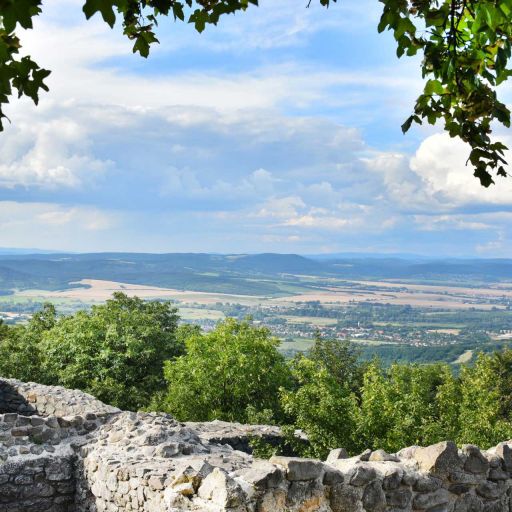Sights

Castle Drégely
The castle started to gain historical significance when the Turks began to invade the country.
********
In 1552, Pasha Ali of Buda turned against the castle of Drégely, whose defences were very weak at the time and its garrison consisted of only 146 men. It was in the morning July 6th, 1552, when – under these arduous circumstances – the pasha's legion of 12,000 men arrived marching through Nógrád, to a plateau below the castle (still known locally to this day as the Turkish Camp), and immediately demanded Szondy to surrender the castle.
In spite of this order, he remained faithful to the oath he had sworn to his homeland, king and God, defending the castle, even at the cost of his own life. Thus he and a handful of his army became a symbol of heroism and patriotism for all Hungarians.
The devastated remains of Drégely's castle laid in ruins, was inhabitable and beyond repair by the conquerors. A moat was dug around the church of the village; a strong wooden fence was built suitable for about two thousand cavalry and from that time on the fortress, originally called Új-Drégely, later Palánk, became the staging point of military movements of the Turks in Hont-Nógrád.
If someone had visited this site thirty years ago, they would only have been able to find it if they knew exactly where to look at the top of the ragged rocks overgrown with bushes. Thanks to the Drégelyvár Foundation, in recent decades, a wall of approximately 1500m3 was built. As a result, Drégelyvár has become part of the National Heritage, and from 2012 onwards, it has also been recognised as an official historical monument.
********
In 1552, Pasha Ali of Buda turned against the castle of Drégely, whose defences were very weak at the time and its garrison consisted of only 146 men. It was in the morning July 6th, 1552, when – under these arduous circumstances – the pasha's legion of 12,000 men arrived marching through Nógrád, to a plateau below the castle (still known locally to this day as the Turkish Camp), and immediately demanded Szondy to surrender the castle.
In spite of this order, he remained faithful to the oath he had sworn to his homeland, king and God, defending the castle, even at the cost of his own life. Thus he and a handful of his army became a symbol of heroism and patriotism for all Hungarians.
The devastated remains of Drégely's castle laid in ruins, was inhabitable and beyond repair by the conquerors. A moat was dug around the church of the village; a strong wooden fence was built suitable for about two thousand cavalry and from that time on the fortress, originally called Új-Drégely, later Palánk, became the staging point of military movements of the Turks in Hont-Nógrád.
If someone had visited this site thirty years ago, they would only have been able to find it if they knew exactly where to look at the top of the ragged rocks overgrown with bushes. Thanks to the Drégelyvár Foundation, in recent decades, a wall of approximately 1500m3 was built. As a result, Drégelyvár has become part of the National Heritage, and from 2012 onwards, it has also been recognised as an official historical monument.



1/3












